Burnt by fire. Essential First Aid for Thermal Burns: Expert Guide to Treatment and Recovery
How to immediately respond to thermal burns. What are the critical steps for treating first, second, and third-degree burns. When should you seek professional medical help for burn injuries. How to prevent complications and promote proper healing of burn wounds.
Understanding the Severity of Thermal Burns
Thermal burns are injuries caused by excessive heat, ranging from mild to severe. They are classified into three categories based on the depth of skin damage:
- First-degree burns: Affect only the outer layer of skin (epidermis)
- Second-degree burns: Damage extends to the second layer of skin (dermis)
- Third-degree burns: Penetrate through all layers of skin and potentially affect underlying tissues
Recognizing the severity of a burn is crucial for determining the appropriate first aid response and whether professional medical attention is required.
When to Call Emergency Services
In certain situations, immediate professional medical help is essential. Call 911 if:
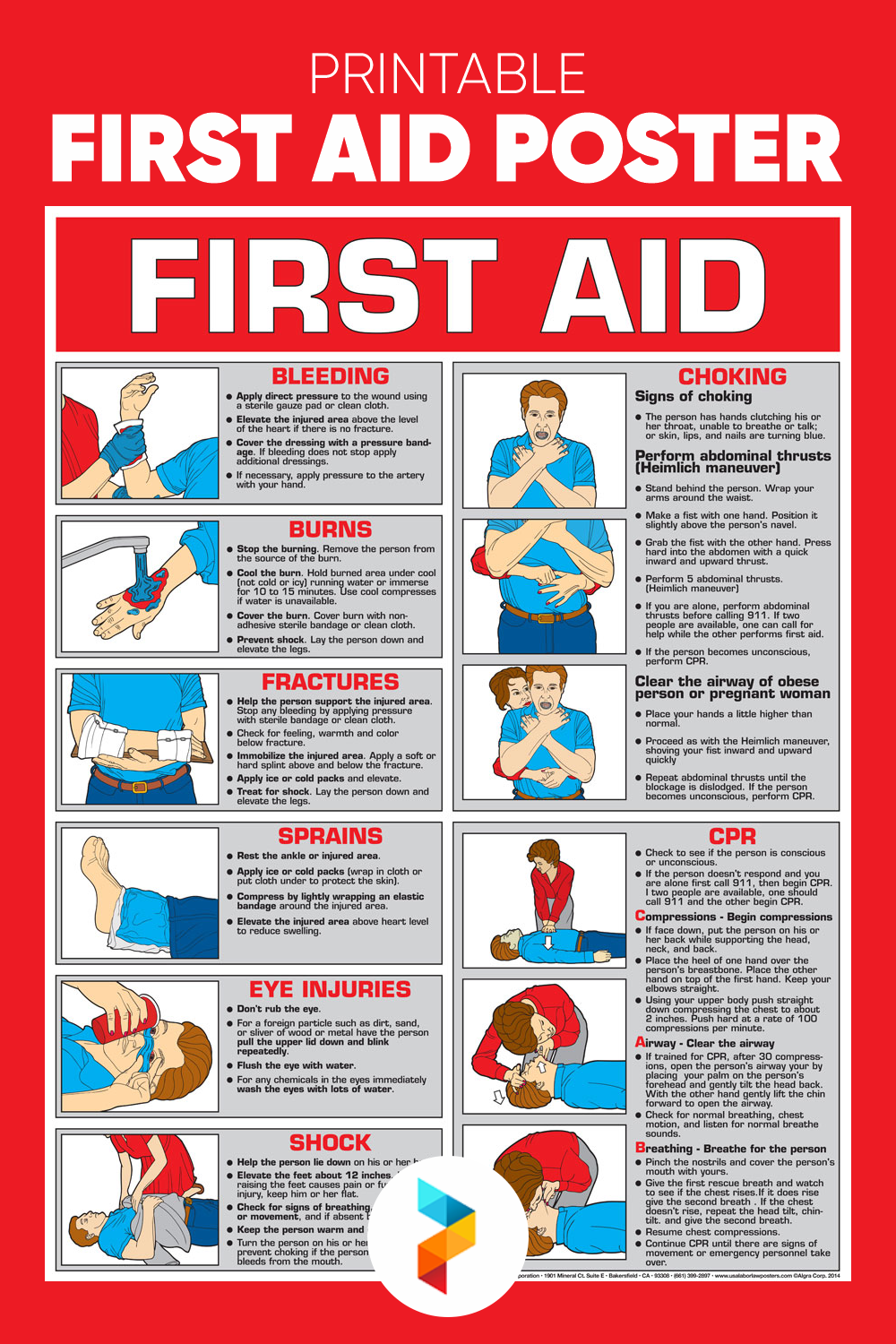
- The burn penetrates all layers of skin
- The skin appears leathery or charred, with white, brown, or black patches
- The burn victim is an infant or elderly person
- The burn covers a large area of the body
- The burn affects the face, hands, feet, or genitals
Immediate Actions for All Burn Types
Regardless of the burn’s severity, there are crucial steps to take immediately:
- Stop the burning process: Extinguish flames, remove the person from the heat source, or stop contact with hot liquids or steam.
- Remove constrictive items: Take off jewelry, belts, and tight clothing as burns can cause rapid swelling.
- Cool the burn: Hold the affected area under cool (not cold) running water or immerse it in cool water until the pain subsides.
- Protect the burn: Cover the area with a sterile, non-adhesive bandage or clean cloth.
Do burns require immediate cooling? Yes, cooling a burn is crucial as it helps to minimize tissue damage and reduce pain. However, avoid using ice or very cold water, as this can cause further damage to the skin.
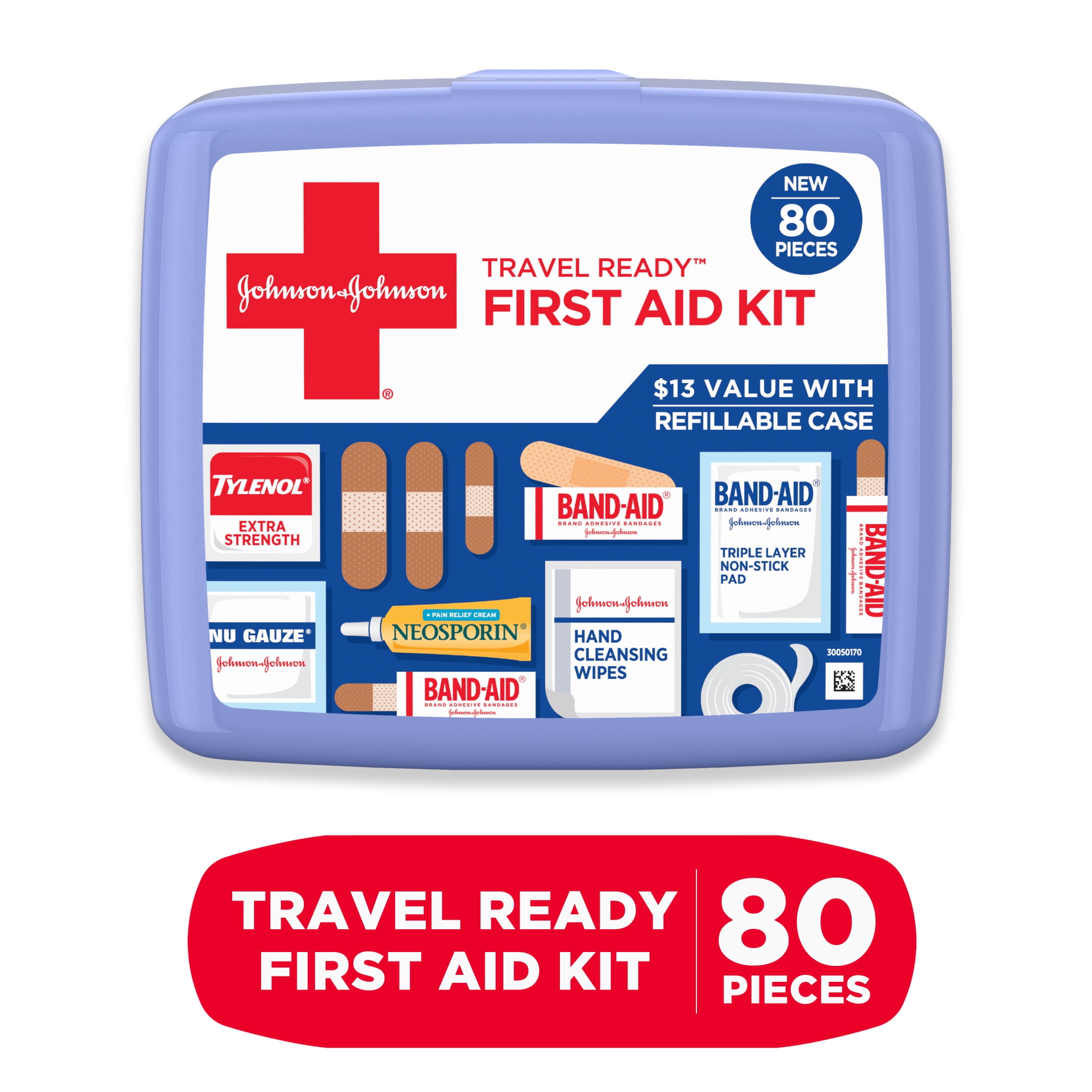
Treating First-Degree Burns
First-degree burns, while painful, can often be treated at home. Follow these steps:
- Cool the burn under running water for 10-15 minutes or apply cool compresses.
- Apply a petroleum-based ointment 2-3 times daily to keep the skin moist and promote healing.
- Cover the burn loosely with a sterile, non-stick bandage.
- Take over-the-counter pain relievers such as acetaminophen or ibuprofen if needed.
Is it safe to apply butter or oils to a burn? No, applying butter, oils, or lotions to a burn can trap heat in the skin and potentially cause infection. Stick to cool water and petroleum-based ointments recommended by healthcare professionals.
Managing Second-Degree Burns
Second-degree burns require more careful attention due to their deeper nature:
- Cool the burn as you would for a first-degree burn.
- Do not break any blisters that form, as they protect against infection.
- Cover the burn with a sterile, non-stick bandage and secure it with gauze or tape.
- Change the dressing daily and watch for signs of infection.
- Elevate the burned area above heart level when possible to reduce swelling.
Should you pop blisters from a second-degree burn? No, it’s important to leave blisters intact as they serve as a natural barrier against infection. If a blister breaks on its own, clean the area gently and apply an antibiotic ointment.
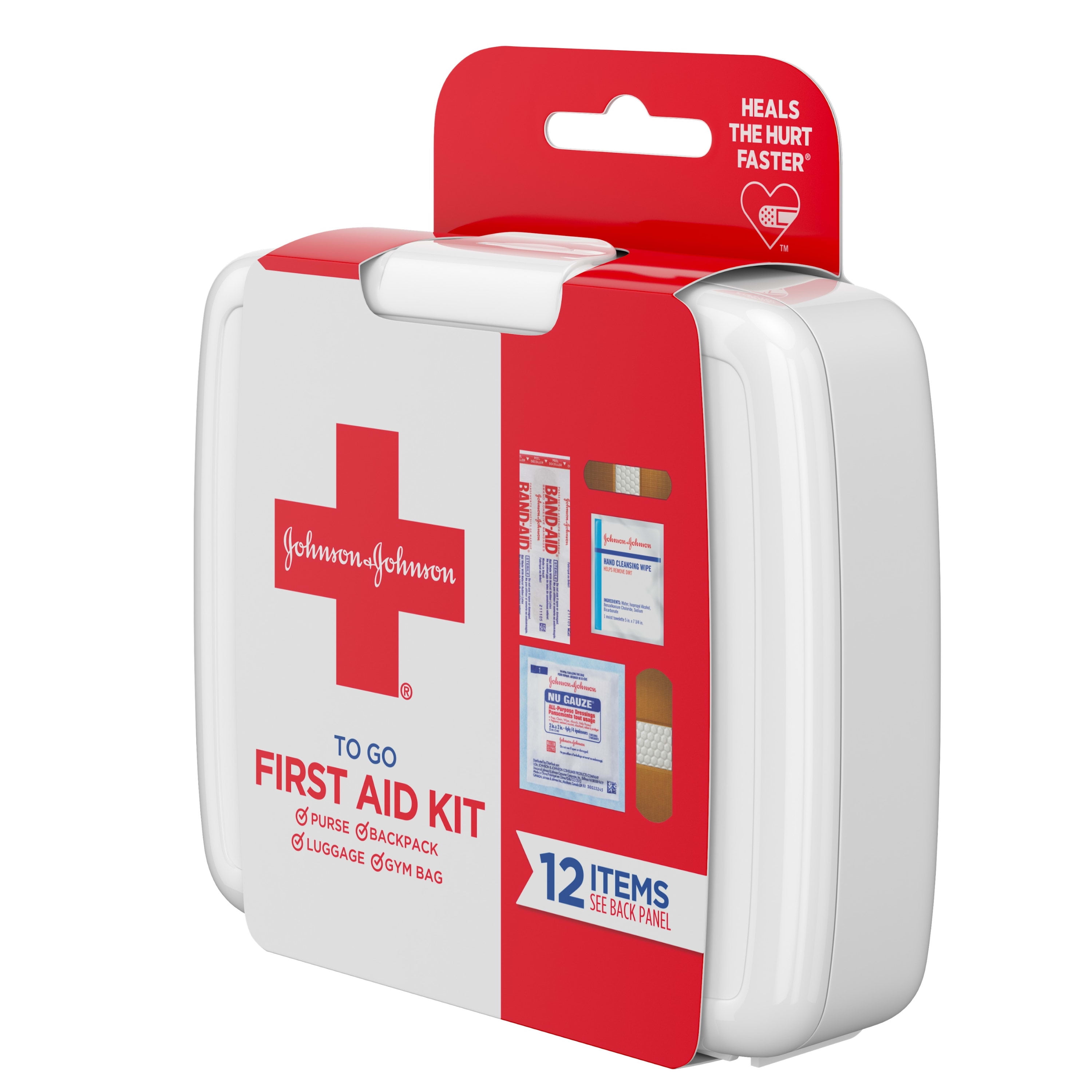
Emergency Care for Third-Degree Burns
Third-degree burns are medical emergencies requiring immediate professional care. While waiting for help:
- Call 911 immediately.
- Do not attempt to remove clothing stuck to the burn.
- Cover the burn area loosely with a clean, dry cloth or sterile bandage.
- Elevate the burned body part above heart level if possible.
- Monitor the person’s breathing and pulse, and be prepared to perform CPR if necessary.
Why shouldn’t you remove clothing stuck to a severe burn? Removing clothing adhered to a burn can cause further damage to the skin and increase the risk of infection. Medical professionals will safely remove it in a controlled environment.
Preventing Shock in Burn Victims
Severe burns can lead to shock, a life-threatening condition. To prevent shock:
- Lay the person flat on their back, unless this causes discomfort or they have a head, neck, or leg injury.
- Elevate their feet about 12 inches, unless this causes pain or further injury.
- Cover the person with a coat or blanket to maintain body temperature.
- Do not give them anything to eat or drink.
What are the signs of shock in a burn victim? Symptoms of shock include pale, cool, and clammy skin, weak pulse, rapid breathing, nausea, and altered mental state. If you observe these signs, seek immediate medical attention.
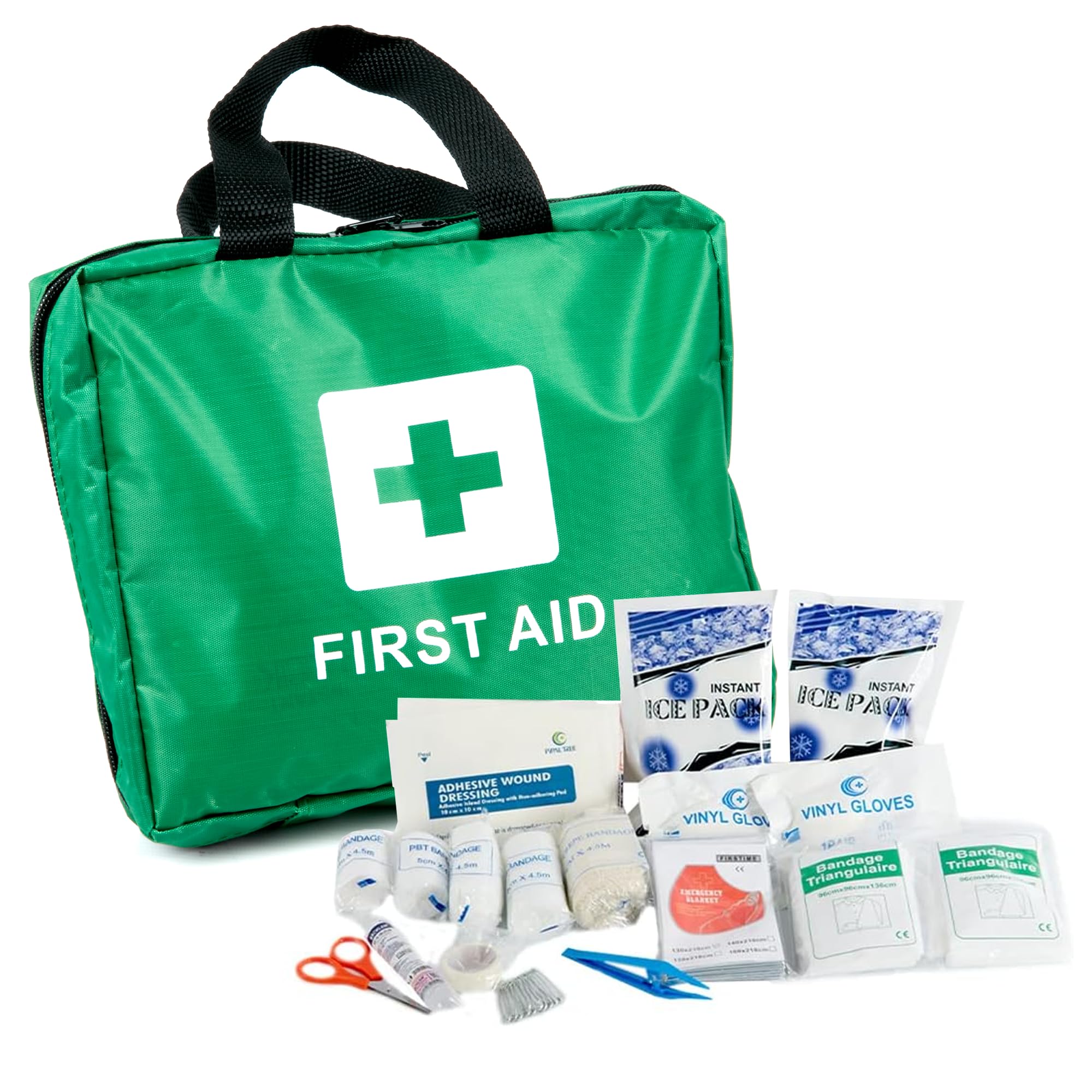
Long-Term Care and Burn Wound Management
Proper care of burn wounds is crucial for preventing complications and promoting healing:
- Keep the burn area clean and dry.
- Change dressings regularly as directed by a healthcare provider.
- Apply prescribed topical medications or ointments as instructed.
- Protect healing burns from sun exposure.
- Perform any recommended exercises to maintain flexibility and prevent scarring.
How long does it take for a burn to heal completely? Healing time varies depending on the burn’s severity. First-degree burns typically heal within a week, second-degree burns may take 2-3 weeks, while third-degree burns can take months and may require skin grafts.
Nutritional Support for Burn Recovery
Proper nutrition plays a vital role in burn recovery:
- Increase protein intake to support tissue repair.
- Consume foods rich in vitamins A and C to boost immune function and collagen production.
- Stay well-hydrated to support skin healing and overall health.
- Consider nutritional supplements if recommended by your healthcare provider.
Recognizing and Treating Burn Complications
Even with proper care, burn injuries can lead to complications. Be vigilant for signs of:
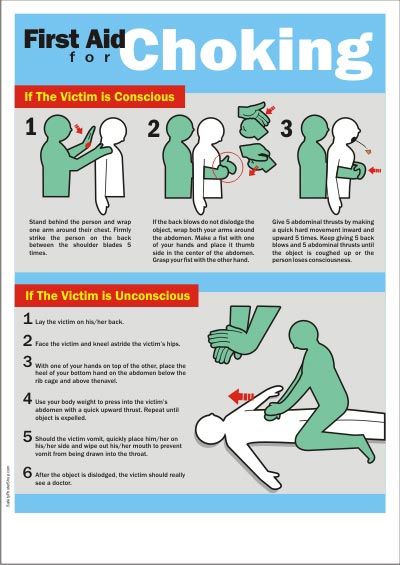
- Infection: Increased pain, redness, swelling, fever, or pus drainage
- Contractures: Tightening of skin, muscles, or tendons that limit movement
- Hypertrophic scars: Thick, raised scars that develop over the burn site
- Psychological distress: Anxiety, depression, or post-traumatic stress related to the burn injury
When should you be concerned about a burn infection? Seek medical attention if you notice increasing pain, redness extending beyond the burn area, fever, or foul-smelling discharge from the wound. These could indicate a potentially serious infection.
Treatment for Burn Complications
Addressing complications promptly is essential for optimal recovery:
- Infections may require oral or topical antibiotics.
- Contractures might necessitate physical therapy or surgical intervention.
- Scar management can involve silicone sheets, pressure garments, or laser therapy.
- Psychological support, including counseling or support groups, can aid in emotional recovery.
Burn Prevention Strategies
While knowing how to treat burns is important, prevention is always preferable. Implement these safety measures to reduce the risk of thermal burns:

- Install smoke detectors and check them regularly.
- Keep a fire extinguisher readily accessible in your home.
- Set your water heater temperature no higher than 120°F (49°C).
- Use caution when cooking, especially around hot liquids and steam.
- Keep children away from hot surfaces and teach them about fire safety.
- Wear protective gear when working with heat or potentially flammable materials.
How effective are smoke detectors in preventing fire-related injuries? Smoke detectors are highly effective, reducing the risk of dying in a home fire by 50%. Ensure you have working smoke detectors on every level of your home and outside sleeping areas.
Creating a Fire Escape Plan
A well-prepared fire escape plan can save lives:
- Identify two exits from each room in your home.
- Practice your escape plan regularly with all family members.
- Designate a meeting spot outside the home.
- Teach children how to escape on their own in case adults can’t help.
- Keep escape routes clear of obstructions.
Advances in Burn Treatment and Research
The field of burn care is continually evolving, with new treatments and technologies emerging:
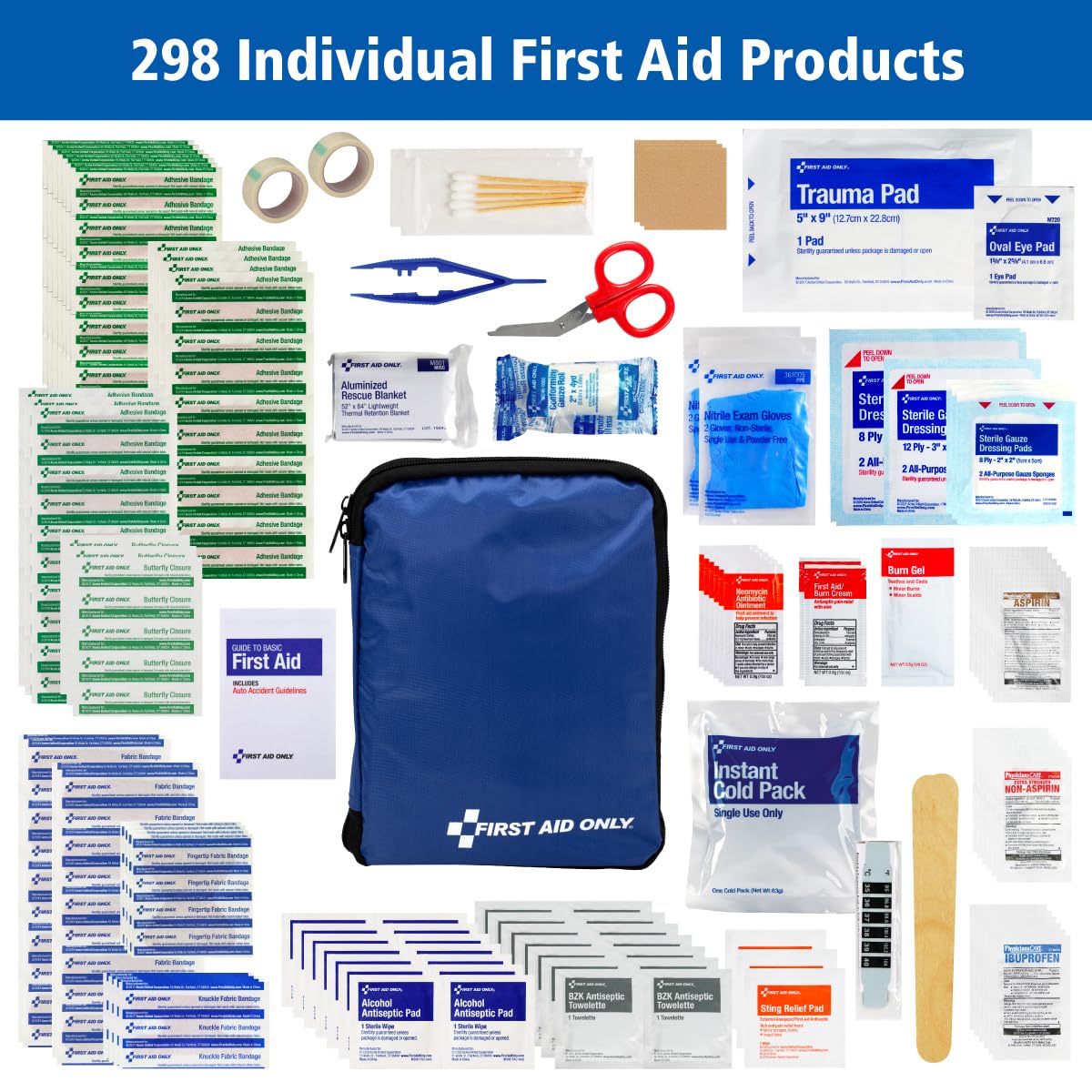
- Skin substitutes and bioengineered tissues for severe burns
- Advanced dressings that promote healing and reduce scarring
- Laser therapies for scar revision and pigmentation issues
- Virtual reality applications for pain management during burn care
- Stem cell therapies to enhance skin regeneration
How are stem cells being used in burn treatment? Stem cell therapies show promise in accelerating wound healing, reducing scarring, and potentially regenerating skin appendages like hair follicles and sweat glands. Research is ongoing to optimize these treatments for burn patients.
The Role of Telemedicine in Burn Care
Telemedicine is increasingly being utilized in burn care, offering several benefits:
- Remote assessment of burns to determine the need for in-person care
- Follow-up consultations for patients in rural or underserved areas
- Guidance for wound care and dressing changes
- Psychological support and counseling for burn survivors
- Education and training for healthcare providers in burn management
Thermal burns require immediate attention and proper care to minimize damage and promote healing. By understanding the different types of burns, knowing how to provide appropriate first aid, and recognizing when to seek professional help, you can significantly improve outcomes for burn victims. Remember, prevention is key, so take necessary precautions to reduce the risk of burns in your daily life. Stay informed about advancements in burn care and always consult with healthcare professionals for personalized advice on burn treatment and recovery.
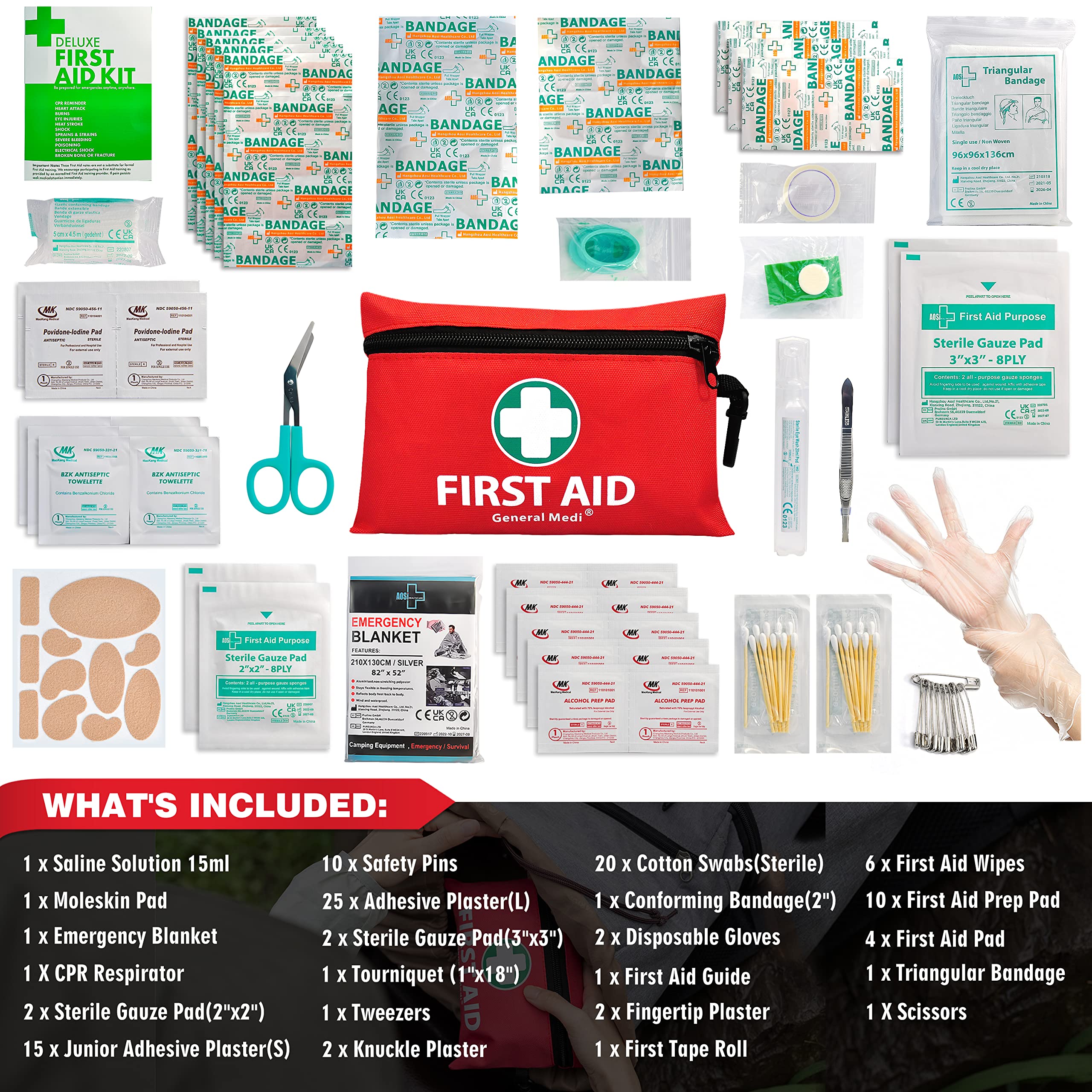
First Aid Treatment for Thermal Burns
Written by WebMD Editorial Contributors
- Call 911 if:
- For All Burns
- For First-Degree Burns (Affecting Top Layer of Skin)
- For Second-Degree Burns (Affecting Top 2 Layers of Skin)
- For Third-Degree Burns
- The burn penetrates all layers of the skin.
- The skin is leathery or charred looking, with white, brown, or black patches.
- The person is an infant or a senior.
1. Stop Burning Immediately
- Put out fire or stop the person’s contact with hot liquid, steam, or other material.
- Help the person “stop, drop, and roll” to smother flames.
- Remove smoldering material from the person.
- Remove hot or burned clothing. If clothing sticks to skin, cut or tear around it.
2. Remove Constrictive Clothing Immediately
- Take off jewelry, belts, and tight clothing. Burns can swell quickly.

Then take the following steps:
1. Cool Burn
- Hold burned skin under cool (not cold) running water or immerse in cool water until the pain subsides.
- Use compresses if running water isn’t available.
2. Protect Burn
- Cover with sterile, non-adhesive bandage or clean cloth.
- Do not apply butter, oil, lotions, or creams (especially if they contain fragrance). Apply a petroleum-based ointment two to three times per day.
3. Treat Pain
- Give over-the-counter pain reliever such as acetaminophen (Panadol, Tylenol), ibuprofen (Advil, Motrin, Nuprin), or naproxen (Aleve, Naprosyn).
4. When to See a Doctor
Seek medical help if:
- You see signs of infection, like increased pain, redness, swelling, fever, or oozing.
- The person needs tetanus or booster shot, depending on date of last injection. Tetanus booster should be given every 10 years.
- The burn blister is larger than two inches or oozes.

- Redness and pain last more than a few hours.
- The pain gets worse.
- The hands, feet, face, or genitals are burned.
5. Follow Up
- The doctor will examine the burn and may prescribe antibiotics and pain medication.
1. Cool Burn
- Immerse in cool water for 10 or 15 minutes.
- Use compresses if running water isn’t available.
- Don’t apply ice. It can lower body temperature and cause further pain and damage.
- Don’t break blisters or apply butter or ointments, which can cause infection.
2. Protect Burn
- Cover loosely with sterile, nonstick bandage and secure in place with gauze or tape.
3. Prevent Shock
Unless the person has a head, neck, or leg injury, or it would cause discomfort:
- Lay the person flat.
- Elevate feet about 12 inches.
- Elevate burn area above heart level, if possible.
- Cover the person with a coat or blanket.

4. See a Doctor
- The doctor can test burn severity, prescribe antibiotics and pain medications, and administer a tetanus shot, if needed.
1. Call 911
2. Protect Burn Area
- Cover loosely with sterile, nonstick bandage or, for large areas, a sheet or other material that that won’t leave lint in wound.
- Separate burned toes and fingers with dry, sterile dressings.
- Do not soak the burn in water or apply ointments or butter, which can cause infection.
3. Prevent Shock
Unless the person has a head, neck, or leg injury or it would cause discomfort:
- Lay the person flat.
- Elevate feet about 12 inches.
- Elevate burn area above heart level, if possible.
- Cover the person with a coat or blanket.
- For an airway burn, do not place a pillow under the person’s head when the person is lying down. This can close the airway.

- Have a person with a facial burn sit up.
- Check pulse and breathing to monitor for shock until emergency help arrives.
4. See a Doctor
- Doctors will give oxygen and fluid, if needed, and treat the burn.
Top Picks
First Aid Treatment for Thermal Burns
Written by WebMD Editorial Contributors
- Call 911 if:
- For All Burns
- For First-Degree Burns (Affecting Top Layer of Skin)
- For Second-Degree Burns (Affecting Top 2 Layers of Skin)
- For Third-Degree Burns
- The burn penetrates all layers of the skin.

- The skin is leathery or charred looking, with white, brown, or black patches.
- The person is an infant or a senior.
1. Stop Burning Immediately
- Put out fire or stop the person’s contact with hot liquid, steam, or other material.
- Help the person “stop, drop, and roll” to smother flames.
- Remove smoldering material from the person.
- Remove hot or burned clothing. If clothing sticks to skin, cut or tear around it.
2. Remove Constrictive Clothing Immediately
- Take off jewelry, belts, and tight clothing. Burns can swell quickly.
Then take the following steps:
1. Cool Burn
- Hold burned skin under cool (not cold) running water or immerse in cool water until the pain subsides.
- Use compresses if running water isn’t available.
2. Protect Burn
- Cover with sterile, non-adhesive bandage or clean cloth.

- Do not apply butter, oil, lotions, or creams (especially if they contain fragrance). Apply a petroleum-based ointment two to three times per day.
3. Treat Pain
- Give over-the-counter pain reliever such as acetaminophen (Panadol, Tylenol), ibuprofen (Advil, Motrin, Nuprin), or naproxen (Aleve, Naprosyn).
4. When to See a Doctor
Seek medical help if:
- You see signs of infection, like increased pain, redness, swelling, fever, or oozing.
- The person needs tetanus or booster shot, depending on date of last injection. Tetanus booster should be given every 10 years.
- The burn blister is larger than two inches or oozes.
- Redness and pain last more than a few hours.
- The pain gets worse.
- The hands, feet, face, or genitals are burned.
5. Follow Up
- The doctor will examine the burn and may prescribe antibiotics and pain medication.
1. Cool Burn
- Immerse in cool water for 10 or 15 minutes.

- Use compresses if running water isn’t available.
- Don’t apply ice. It can lower body temperature and cause further pain and damage.
- Don’t break blisters or apply butter or ointments, which can cause infection.
2. Protect Burn
- Cover loosely with sterile, nonstick bandage and secure in place with gauze or tape.
3. Prevent Shock
Unless the person has a head, neck, or leg injury, or it would cause discomfort:
- Lay the person flat.
- Elevate feet about 12 inches.
- Elevate burn area above heart level, if possible.
- Cover the person with a coat or blanket.
4. See a Doctor
- The doctor can test burn severity, prescribe antibiotics and pain medications, and administer a tetanus shot, if needed.
1. Call 911
2. Protect Burn Area
- Cover loosely with sterile, nonstick bandage or, for large areas, a sheet or other material that that won’t leave lint in wound.

- Separate burned toes and fingers with dry, sterile dressings.
- Do not soak the burn in water or apply ointments or butter, which can cause infection.
3. Prevent Shock
Unless the person has a head, neck, or leg injury or it would cause discomfort:
- Lay the person flat.
- Elevate feet about 12 inches.
- Elevate burn area above heart level, if possible.
- Cover the person with a coat or blanket.
- For an airway burn, do not place a pillow under the person’s head when the person is lying down. This can close the airway.
- Have a person with a facial burn sit up.
- Check pulse and breathing to monitor for shock until emergency help arrives.
4. See a Doctor
- Doctors will give oxygen and fluid, if needed, and treat the burn.
Top Picks
The secret of the ancient city in Syria, burnt by “heavenly fire” is revealed 0003
Society
10. 03.2020 15:57
03.2020 15:57
Share
Denis Peredelsky
University of California, Santa Barbara
An international team of geologists and archaeologists has discovered evidence of a powerful cosmic impact that destroyed one of the world’s earliest human settlements, the city of Abu Hureyra. It was located in the north of modern Syria and was burned by “fire from heaven”.
UC Santa Barbara reports on the discovery. The archaeological site of Abu Hureyra has not been explored for a long time. Since the 1970s, access to it has been closed, since he himself almost completely went under water after the construction of a dam on the Euphrates River.
A large barrow remained from the city, which now rests at the bottom of Lake Assad. Archaeologists largely relied on the descriptions of colleagues made even before the appearance of this lake. Scientists of past years described in detail the remains of products and tools found in the settlement. This made it possible to establish that local nomads switched to agriculture almost 12. 8 thousand years ago.
8 thousand years ago.
This was probably one of the most significant events in the history of our planet. But at about the same time, a catastrophe happened: it turned out that Abu Hureyra had another, unknown story. Among the fossilized cereals, many fragments of melted glass were found. The remains of molten glass were also found on the ancient bones of people and animals, and the ruins of the city themselves were melted.
Analysis of this “glass” showed that this could only happen at extremely high temperatures, above 2200 degrees Celsius, that is, much higher than the temperatures that people could create in those days. Supporters of the “conspiracy theory” this gave reason to argue that the ancient city was destroyed by some kind of nuclear explosion. Of course, this is not so, but the event was clearly not out of the ordinary.
“Such high temperatures would completely melt a car in less than a minute,” says James Kenneth, professor emeritus of geology at the University of Santa Barbara. “This intensity could only be caused by an extremely strong, high-energy, high-speed phenomenon, something like a cosmic impact.” .
“This intensity could only be caused by an extremely strong, high-energy, high-speed phenomenon, something like a cosmic impact.” .
Based on material collected prior to the site’s sinking, Kenneth and colleagues make a bold statement in a new study: Abu Hureyra is the first site documented to have impacted a population center with fragments of a large asteroid or comet.
Probably all these fragments were part of the same cosmic body that crashed into the surface of our planet or exploded directly above it at the end of the Pleistocene epoch.
This event coincides in time with the extinction of most large animals, including mammoths, American horses and camels. At the same time, the mysterious North American Clovis culture also disappeared.
“Our new findings provide much stronger evidence for extremely high temperatures that could only be associated with a cosmic impact,” said Kenneth, who reported the first evidence of this kind in the region back in 2012.
Full study published in Nature Scientific Reports.
Share
ScienceHistorySpaceMuseums and monumentsSyria
Photo: Transcaucasia: Former USSR: Lenta.ru
A few days later, on December 1, in Nagorno-Karabakh, the transfer of several regions under the control of Baku will finally be completed. The process is difficult because of the long-standing enmity between the Azerbaijanis and the Armenians who inhabit the region. New borders are drawn literally on the go, sometimes forgetting to tell the locals that they will soon find themselves in another state against their will.
Anxiety and tension are growing due to the defiantly unworthy behavior of the Azerbaijani military, who desecrate the holy places in the occupied territories and post these “exploits” on the net. Karabakh Armenians leave their homes and flee. Officially, only the Armenian military should leave the NKR, but civilians also leave after them, as they are sure that nothing good awaits them under the Azerbaijani government. They take with them everything that can be taken, even the remains of relatives. Everything that cannot be taken away, they try to destroy so that the enemy does not get it.
They take with them everything that can be taken, even the remains of relatives. Everything that cannot be taken away, they try to destroy so that the enemy does not get it.
Kalbajar region. Explosion of a military unit
Photo: Anatoly Zhdanov / Kommersant
The Kelbajar region, which was part of the unrecognized Nagorno-Karabakh Republic (NKR) was called Shahumyan, came under the control of Baku on 25 November. The Armenian military, leaving these territories the day before, blew up their military unit.
Karegakh village, Lachin region
Photo: Anatoly Zhdanov / Kommersant
The Lachin region until recently was part of the Kashatagh region of the NKR and came under the control of Baku on November 20. Many local residents burned them down before leaving their homes.
Road in the mountains of the Kelbajar region
Photo: Dmitry Lovetsky / AP
Huge traffic jams from cars with refugees accumulate on the roads leading from the NKR to Armenia.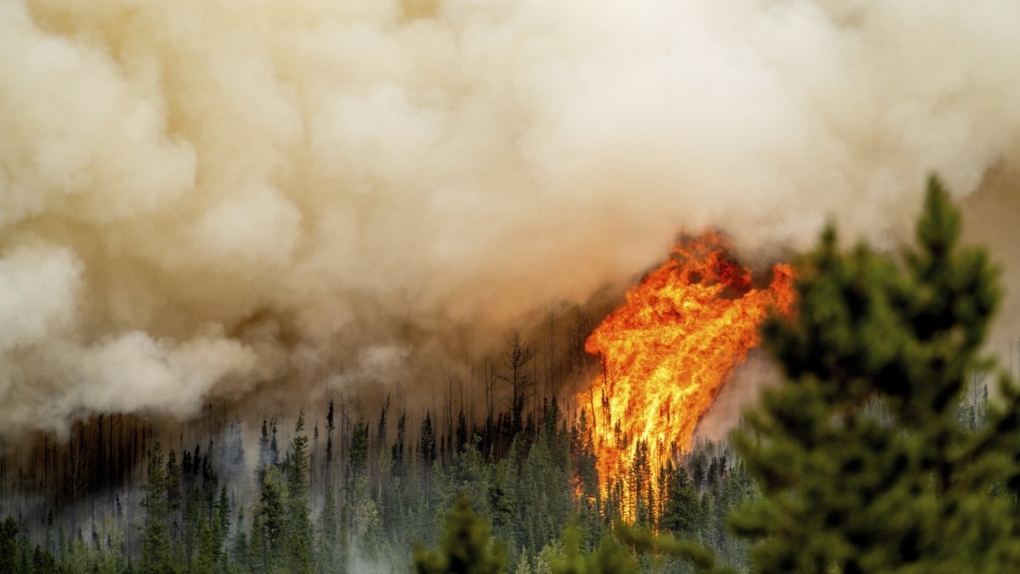
Refugees getting ready to leave
Photo: Anatoly Zhdanov / Kommersant
People try to take as many things as possible with them because they are not going to return.
Maraga village, Martakert region
Photo: Sergei Grits / AP
Everything that cannot be taken away, people try to destroy. In this picture, a man kills his pigs before getting on the bus and leaving his house.
Hadrut, Azerbaijani soldiers
Photo: Aziz Karimov / Reuters
The fears of Karabakh Armenians are fueled by publications on social networks about the atrocities and arbitrariness of the Azerbaijani military. They are not always confirmed, but some reports turn out to be true. For example, the other day a video appeared on the network, in which Azerbaijanis desecrated the grave of an Armenian to the laughter of an unknown cameraman.
Mosque in Aghdam
Photo: Aziz Karimov / Reuters
President of Azerbaijan Ilham Aliyev regularly declares that all monuments and temples of Karabakh, regardless of what culture and confession they belong to, will be protected by the state. But the Armenians do not believe him, remembering the Soviet years.
But the Armenians do not believe him, remembering the Soviet years.
Dadivank Monastery
Photo: Dmitry Lovetsky / AP
The transfer of the Kalbajar region to Azerbaijan caused a special resonance not only because there were no hostilities there, but also because one of the main shrines of the Armenian Apostolic Church, Dadivank IX Monastery, is located there -XII centuries. In the Soviet years, the Azerbaijanis used it as a corral for cattle, the temple was looted and badly damaged, its restoration was completed only two years ago. Baku says pilgrims will be able to visit Dadivank, but the abbot of the monastery believes it is safer to close it and take the relics to Armenia.
Armenians remove artifacts from Tigranakert
Photo: Sergei Grits / AP
The Hellenistic Tigranakert fortress is another important cultural heritage site for Armenians that came under Azerbaijani control.
An Armenian cuts off a cross from the roof of his house before leaving.
Photo: Sergei Grits / AP
Residents of Karabakh try to take all the relics with them so that they are not desecrated.
Kilikli village cemetery
Photo: Andrei Borodulin / Kommersant
It comes to the point that some Karabakh people dig up the remains of their relatives in order to rebury them in Armenia. They are sure that they will not be able to return to their native graves, and they are afraid that the remains will be abused.
Photo: Sergey Grits / AP
Rumors appeared in the Azerbaijani media and social networks that the Armenians of Karabakh were mining the land before leaving. It is difficult to say how true they are, as many shells remained in the land of Nagorno-Karabakh after three wars.
Last supper before departure, Magara village, Martakert region
Photo: Sergei Grits / AP
The process of transferring territories to Azerbaijan is complicated by the fact that local authorities do not know until the last moment where the new border between states should go. As a result, the inhabitants of some villages learn that their land is being transferred to a neighboring state, literally the day before. Because of this, skirmishes regularly arise at the border.
As a result, the inhabitants of some villages learn that their land is being transferred to a neighboring state, literally the day before. Because of this, skirmishes regularly arise at the border.
Woman on the porch of her house before leaving
Photo: Dmitry Lovetsky / AP
The confusion is fueling rumors that the Azerbaijanis are trying to seize new territories beyond those specified in the agreements.
Refugees
Photo: Sergey Grits / AP
People are not resettled in a centralized way – they themselves go to relatives in Armenia or that part of Karabakh, which still belongs to the NKR. The lack of assistance causes great dissatisfaction with the authorities.
Ghost town Agdam
Photo: Andrey Borodulin / Kommersant
Azerbaijan will face huge expenses for the restoration of the acquired territories. And it’s not just about the recent destruction. Some settlements, such as the city of Agdam, have been completely or partially in ruins since the first Karabakh war in the 1990s.






.jpg)

